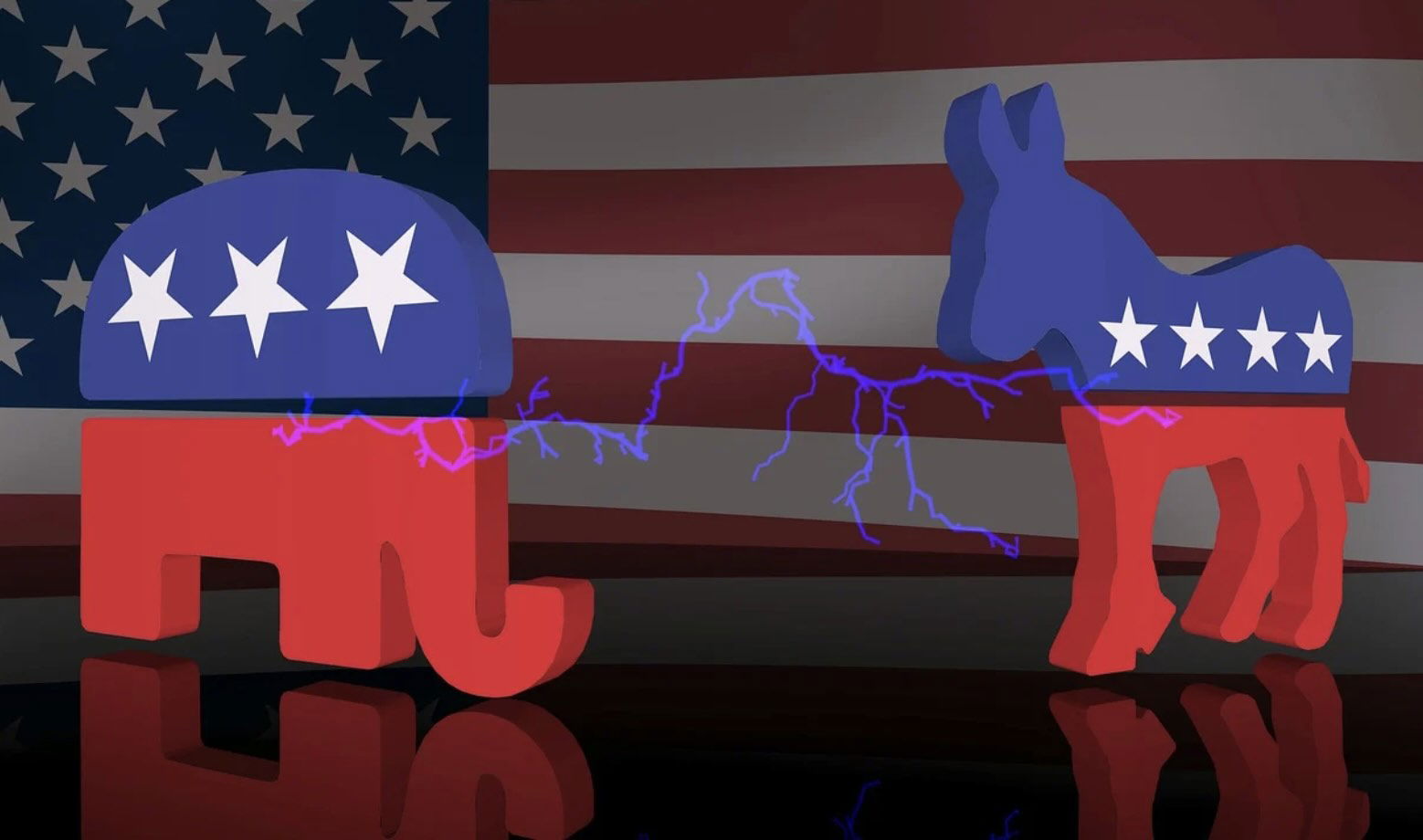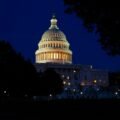Although discussions and analysis of political polarization have remained a focus of the U.S. media for many years, recent coverage of the 2024 U.S. election seems to have portrayed our country as being more polarized than ever before. This polarization has only heightened following major political events of recent days that include an unsuccessful assassination attempt on former president Donald Trump, as well as the decision by current President Joe Biden not to seek reelection.
However, new research from the Universities of Bath and Essex shows that U.S. Republicans and Democrats agree on more things than they realize, with both groups failing to see their similarities. The results of this study, published in the journal Social Psychological and Personality Science, could be key in reducing or clarifying the political polarization occurring within the U.S.
“There’s a general perception that Republican and Democratic voters are deeply divided but our new study suggests these differences of opinion between the two groups are greatly exaggerated and that the groups are actually very similar in the values they hold as important,” said Dr Lukas Wolf, a researcher at the Department of Psychology at the University of Bath in a recent press release.
Why Are We So Polarized?
Polarization, or movement towards the two extremes, is most commonly associated with politics, but can also be associated with things like religion, sports, and even people’s loyalty toward certain brands.
While the two-party system within the U.S. has historically created a degree of polarization since its creation, according to the Pew Research Center, political polarization between Republicans and Democrats has been on the rise.
“In each party, the share with a highly negative view of the opposing party has more than doubled since 1994,” Pew Research Center states. “Most of these intense partisans believe the opposing party’s policies ‘are so misguided that they threaten the nation’s well-being.’”
Because polarization causes each side to view the other negatively, it can contribute to “ideological silos,” where each side creates its own echo chamber, rallying other like-minded individuals to their community to validate their opinions and propel further dislike for the other side. Social media has further driven this polarization as individuals find it easier to attack others’ ideological beliefs and leanings online as they can often do so anonymously. Algorithms for social media sites like Instagram and Facebook can also cultivate content that aligns with a user’s political leanings, creating “filter bubbles” that further validate a user’s confirmation bias, where someone is bound to agree with something if it already aligns with their inherent beliefs.
Because of these silos and bubbles, users tend to get a filtered view of what the other extreme believes or acts like, making the other extreme appear negative. This makes it difficult for individuals to look beyond these filters and see the underlying commonalities between the two extremes.
Why Does the Media Hype Up Polarization?
While each newspaper or media outlet has their own political slant (for example The New York Times tends to be left-leaning while Fox News tends to be more right-leaning), most outlets continue to report on the political polarization within the U.S. as it aligns with their readership and makes for engaging content.
However, the media reporting on this polarization tends to confirm this polarization, leaving readers to feel that there is an “us vs. them” political situation. Since the 2000 U.S. presidential election, the media has significantly increased their reporting on political polarization, driving the feelings of alienation and extremism between the two political parties.
“This perceived polarisation has detrimental consequences because people expect the worst from interactions with the other group and actively avoid them,” Dr Wolf states. “It also means people become pessimistic about the future because the division in society stands in the way of compromise and cooperation for a better future.”
Presntly, with the 2024 presidential election well underway, politicians, the media, and voters are working to navigate these high levels of polarization to ensure a smooth transition of power, no matter which side wins.
“The deep division between Republican and Democratic voters is talked about widely in the media, resulting in eight out of ten voters from both parties expressing concern about this division and perceiving it to be growing, which is particularly alarming in the run-up to the US election,” said Dr Paul Hanel, a psychologist from the University of Essex and a researcher on involved with the project.
Recognizing Common Ideals
One way the researchers say polarization can be reduced is to recognize the common ideals shared between the two political parties. The researchers polled 2,529 US people (with approximately equal numbers of Democratic and Republican voters) on fundamental values to see how many commonalities there were.
From their analysis, they found that the two groups agreed 90% on key values, such as the overall safety of citizens, with only around 5% of extreme voters holding differing beliefs. When the overlaps between the two groups were shown, the study’s participants noted that they felt more hopeful about the future of American society.
Focusing on the Positive
The researchers hope that instead of focusing on the extreme differences that only a minority of voters from each party hold, the media can instead focus on the similarities between political groups, and thus work to unite voters.
“We urge these influencers to also describe similarities alongside differences, for example, by using graphs such as overlapping distributions, which accurately display both similarities and differences and help to correct misperceptions of deep division in society,” added Dr. Wolf.
Kenna Hughes-Castleberry is the Science Communicator at JILA (a world-leading physics research institute) and a science writer at The Debrief. Follow and connect with her on X or contact her via email at kenna@thedebrief.org

